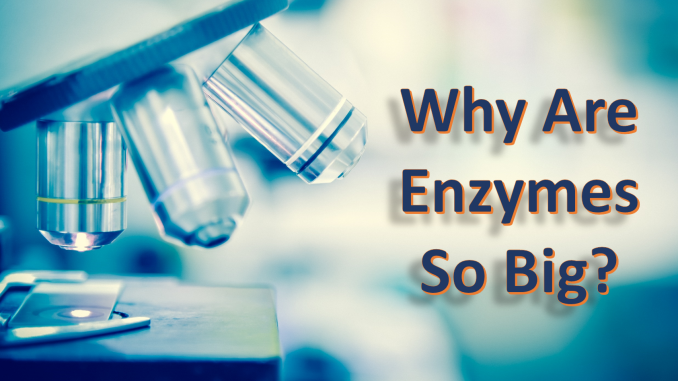
Enzymes can function in the most natural environment of biological organisms, the most important of which is the cytoplasm (an aqueous solution containing hundreds of proteins and small molecule metabolites) and various membrane surfaces. Therefore, enzymes must be “comfortable” in various operating environments and “adjustable” to function at different, controlled levels of activity to adapt to changing system requirements.
The enzyme must also be capable of catalyzing the reaction of a particular substrate at a sufficiently high catalytic rate to support the immediate needs of the interactive network of local control mechanisms. Substrates range in size from O2 and CO2 to macromolecules, and kcat values between 1–1000 s-1 can represent accelerations of up to 1020 compared with rates of the corresponding uncatalyzed reactions at physiological pH in water. Therefore, the enzyme must provide a highly complex single molecule “reaction vessel” to support this rapid reaction. However, when the reaction becomes very fast, the rate of the simple diffusion process is limited, and filling and emptying the “reaction vessel” can create many problems. Therefore, an important additional requirement for the active site “reaction vessel” is rapid substrate binding and rapid release of the product. This last is no trivial requirement, considering that the product is typically almost identical to the substrate, give or take the cleavage or formation of a single covalent bond.
In addition, most of the water molecules present in the quiescent active sites must be removed during the reaction. All of these simple images that form (static) cavities are structurally complementary to the substrate, which is a very incredible proposition. Fischer’s imaginative lock-and-key principle remains a valuable starting point, but enzymes must provide specific binding complementarity to all substrates, intermediates and transition states in the reaction. The enzymatic process is dynamic and imposes complex requirements on the protein structure of the enzyme. Therefore, the enzyme must be a large or very large molecule.
Another indirect cause of the very large enzyme is called “protein bloat”. Similar to the continuous improvement and expansion of software applications, the evolution of enzymes has led to the continuous optimization and expansion of its structure, and this evolution has been going on for millions of years.
Reference:
Bols M. From Enzyme Models to Model Enzymes. By Anthony J. Kirby and Florian Hollfelder [J]. Chembiochem, 2010, 11(4):581-582.

Leave a Reply